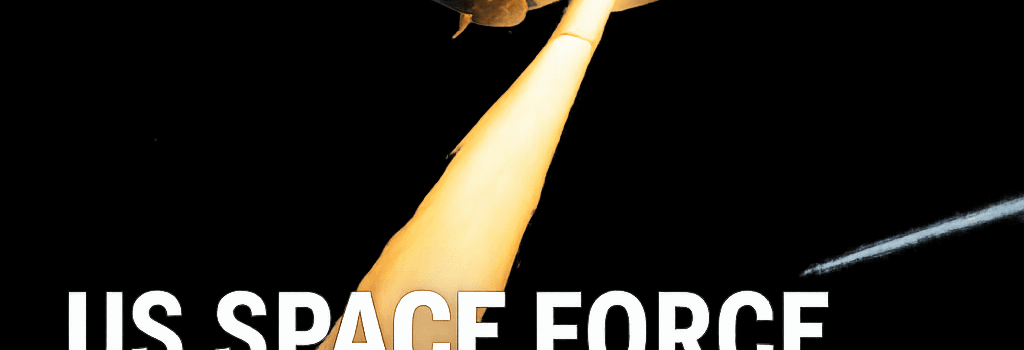US Space Force Launches X-37B for Quantum Navigation Tests

Overview of the X-37B Program
The X-37B Orbital Test Vehicle (OTV) is an uncrewed, reusable space plane operated by the US Space Force. At 8.9 meters long with a 4.6-meter wingspan and a launch mass of approximately 5,000 kg, it is roughly one-quarter the size of NASA’s Space Shuttle orbiters. Two vehicles, both built by Boeing, have flown multiple missions since the program began in 2010, accumulating over 3,000 days in orbit.
Mission Objectives and Payloads
- Deploying a new service module to increase experiment capacity by 50% compared to previous missions.
- Testing high-bandwidth inter-satellite laser communications at data rates exceeding 1 Gbps.
- Demonstrating the highest-performing quantum inertial sensor ever flown in space for PNT (Positioning, Navigation, and Timing) applications.
- Hosting Air Force Research Laboratory (AFRL) and Defense Innovation Unit (DIU) payloads in modular racks.
Advancements in Quantum Inertial Navigation
The mission will validate an advanced atom interferometry–based inertial measurement unit (IMU) developed by Boeing in collaboration with MIT’s Lincoln Laboratory. By measuring phase shifts between cold atom clouds with sub-nanoradian angular resolution and acceleration sensitivity below 10^-8 g, the sensor aims to deliver drift rates under 1 km per 24 hours without external updates.
Technical Deep Dive: Quantum Inertial Sensors
Quantum IMUs use laser-cooled rubidium atoms trapped in a vacuum chamber, interrogated by counter-propagating laser pulses. When the space plane undergoes rotation or linear acceleration, interference fringes shift, allowing precise calculation of attitude and position. Ground tests have shown 50x improvement over fiber-optic gyros in bias stability.
Laser Communication Experiments
Gen. Chance Saltzman, Chief of Space Operations: ‘OTV-8’s laser comms demonstration marks a major milestone in building resilient, high-speed links that can operate in contested and degraded satellite regimes.’
The phased-array optical terminal aims to establish free-space optical links between OTV-8 and GEO relay satellites, testing beam steering and adaptive optics to compensate for atmospheric distortion and spacecraft jitter.
Service Module and Payload Capacity
The newly developed service module adds 1,200 liters of pressurized volume and 500 kg of payload capacity. Powered by solar arrays generating 10 kW, it supports active thermal control for sensitive quantum and optical systems and includes an autonomous attitude control system with star-tracker and inertial sensors.
Strategic and Operational Context
- GPS Denial and Jamming: Quantum PNT ensures navigation continuity in GPS-contested environments, critical for military and allied assets.
- Lunar and Deep Space Applications: Quantum navigation could provide autonomous guidance for lunar landers and crewed missions beyond Earth orbit where GNSS is unavailable.
- Commercial and International Trends: The EU’s QCI (Quantum Communication Infrastructure) and China’s quantum satellite Micius program highlight growing global investment in quantum space technologies.
Implications for Future Space Operations
Successful demonstrations on OTV-8 will pave the way for operational deployment of quantum inertial sensors on satellites and deep-space probes, reducing reliance on ground-based tracking and enhancing autonomy.
Expert Opinions
Boeing lead engineer Dr. Alicia Reynolds notes, ‘Integrating quantum sensors in a dynamic space environment required advances in vacuum packaging, magnetic shielding, and laser stabilization to maintain coherence times beyond 1 second.’
Space Force acquisition director Maj. Gen. Robert McMahon adds, ‘This mission aligns with Space Warfighting Construct 2.0, emphasizing proliferated architectures and resilient PNT capabilities.’